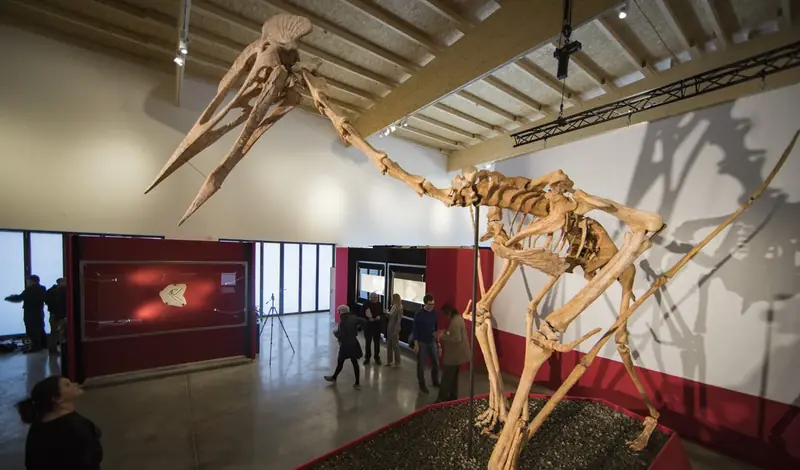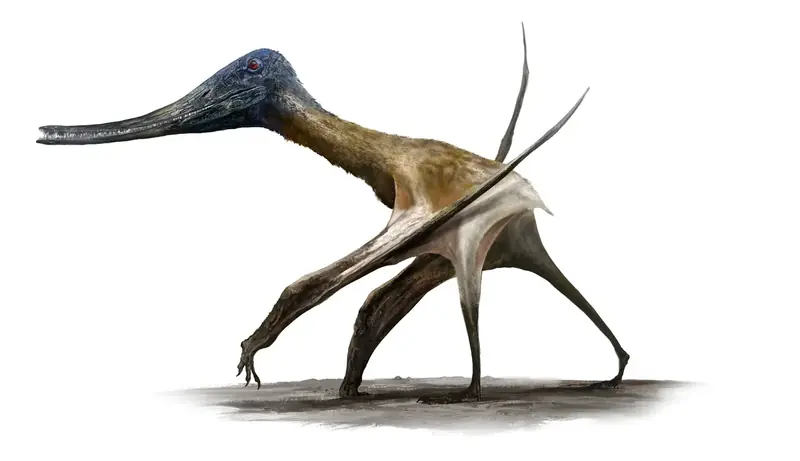An international team of researchers has announced the discovery of the remains of the largest flying creature ever seen by humanity. Romanian paleontologist Matei Vremir was the first to stumble upon the fossil, which was well-preserved and embedded in the steep slope of a high cliff in the historic region of Transylvania—home to the legendary Count Dracula. Consequently, scientists decided to name the 11.5-foot-tall pterosaur, with a wingspan comparable to that of a bus, after this iconic figure. Of course, this winged Dracula lived in Transylvania long before the infamous count—66 million years ago—when the region enjoyed a subtropical climate.
Initially, paleontologists speculated that the sizable skeleton belonged to a dinosaur, as reported by IFLScience. However, after a series of studies, it became clear that it was a pterosaur, likely part of the Azhdarchidae family. These dragon-like creatures, which roamed the Earth during the late Cretaceous period, are known for their impressive size.

What Else Did Scientists Discover?
The dimensions of Dracula prompted scientists to ponder whether it was truly capable of flight. If so, it could represent the largest flying creature to have ever existed on our planet. Another crucial question revolved around how the Dracula pterosaur could have grown to such enormous proportions. Authors of a new study from the University of Leicester, published in the journal Current Biology, examined the evolutionary history of pterosaurs through the lens of fossilized arms and legs of these prehistoric beings. The team identified a significant shift during the middle Jurassic period when the structure of pterosaur limbs began to resemble that of modern terrestrial animals.
“In early pterosaurs, the hind limbs were connected by a flight membrane, which severely complicated their ability to walk and run,” noted Dr. David Unwin, a co-author of the study.

According to him, in “later, more advanced pterosaurs, this membrane split along the midline, allowing each hind limb to move independently.” This was a key innovation that, combined with changes in the limbs of pterosaurs, greatly enhanced their mobility on land. “Freed from the constraints of climbing, later pterosaurs were able to grow to enormous sizes, with some species becoming true giants of the Mesozoic,” Dr. Unwin explained.
Robert Smith, the lead author of the study, believes that the ability of pterosaurs to fly is just one part of their story. “By studying how they lived in trees or on the ground, we begin to understand the role they played in ancient ecosystems,” he added.
